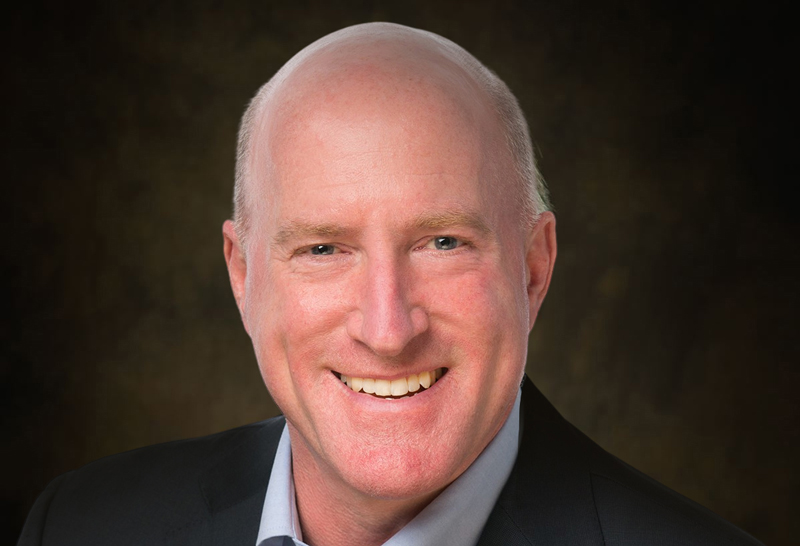Today a hotel stands on the rocky knoll across from St. Francis Catholic Church in downtown Bend.
The site stood bare for more than two decades before the hotel opened in 1998. A concrete stairway climbing from Lava Street led to a gravel-strewn knoll. A few remnants of a concrete foundation were the only hints of the past.
Yet people of Bend—old-timers and even recent arrivals—know the site as Hospital Hill. The legacy of St. Charles Hospital and the Sisters of St. Joseph is indelibly etched on the community. For more than a half century—from 1922 to 1975, the sisters operated hospitals on the site. Children born on Hospital Hill grew to give birth to children of their own there.
In 1919, however, the handful of sisters who had taken over the small hospital along Mirror Pond from Drs. Urling Coe and Barnard Ferrell were not thinking about legacies. Their immediate concern was space.
Bend’s population had surged from 523 in 1910 to more than 5,400 by 1920. This boom was fueled by the construction of the massive Brooks-Scanlon and the Shevlin-Hixon lumber mills in 1915. The town had outgrown the hospital.
Father Luke Sheehan, the parish priest at St. Francis of Assisi Catholic Church, purchased five acres across from the church for $1,100 and donated it to the sisters for a hospital. Local contractor E.P. Brosterhous agreed to build the hospital for $29,850. The Mother House in Indiana contributed $19,639 and the sisters paid the balance in seven installments.
Bishop Joseph McGrath and Fathers Luke Sheehan and Gabriel Harrington blessed each room in the building.
The new hospital’s name honored Bishop Charles O’Reilly of the Baker Diocese who had been instrumental in bringing them to Oregon. Gravely ill, he had stepped down from his post and would die a year later. Secondly, it honors the hospital’s patron saint, St. Charles Borromeo. A 16th century archbishop of Milan, St. Charles was known for his work to help the sick during Europe’s great plague.
Sister Mary Martina was the superior at the time of the move. Sister Mary Agatha was named superior a month later. Then in 1935, Sister Blanche Ress, one of the pioneer sisters who arrived in 1917, became the superior. She would hold that position for 17 years.
The new facility was a vast improvement on the wood-frame building on Bend’s Mirror Pond. Yet, it was Spartan. The sisters slept in the unfinished elevator pit so they could be near their patients. If a patient needed something, he simply banged on the door. By 1923, the diocese built a three-room cottage next to the hospital. The next year brought the construction of a dormitory for them. Bend residents donated $500 to install an electric elevator in 1924.
Though the new hospital saw a small profit in its first year, the sisters lived frugally even by the standards of the day. They tended a garden to help feed themselves. Those not on nursing duty did the hospital’s laundry or cleaned up. Yet, each morning they taught catechism at St. Francis of Assisi after mass.
Bend’s rapid growth soon overwhelmed the 30-bed hospital. A new wing was built in 1934 that added 15 new beds, 10 bassinets, an X-ray department and a chapel. 
In 1942, the U.S. Army started developing Camp Abbot on the site of present-day Sunriver Resort. It was a training facility for engineers. Between 1943 and 1944 an estimated 10,000 soldiers would be stationed there.
Needing a place for its sick and injured, the Army built a 25-bed wooden annex at St. Charles Hospital called Prague Hall. The sisters cared for the soldiers. After the war, the government sold the annex to the hospital for $6,000, increasing its bed capacity to 60.
The community’s growth drove expansion on Hospital Hill for the next 30 years, with a completely new hospital in 1951 and additions in 1958 and 1971. When St. Charles moved from the hill in 1975, it had 99 patient rooms and had outgrown the plot of land Father Sheehan provided. The property was sold and the buildings were demolished in 1978. The iron and concrete was gone. The legacy and the name Hospital Hill remain.






